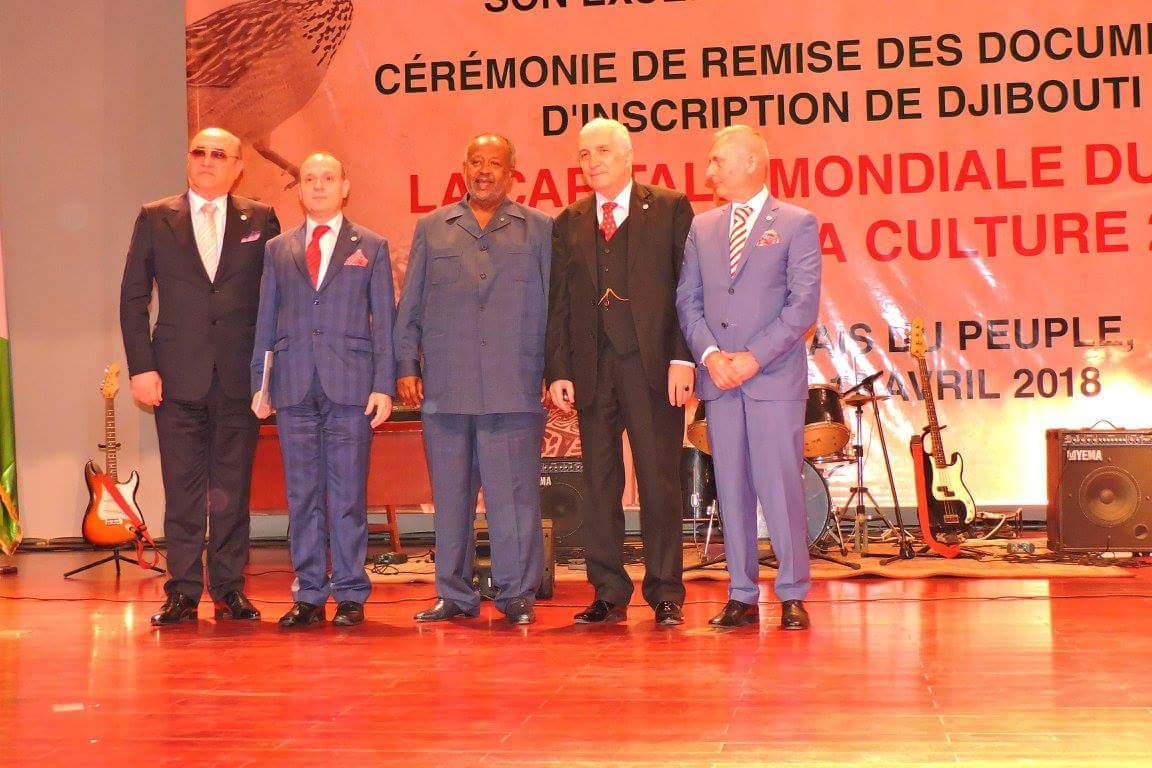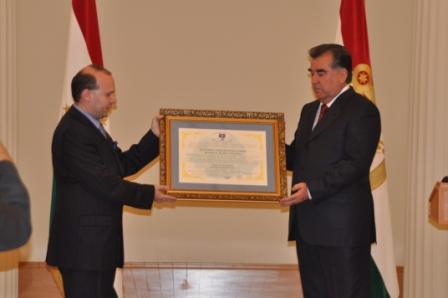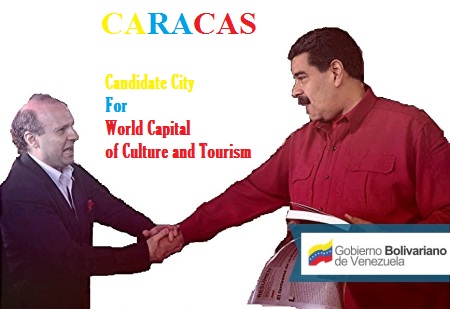The Partnership for Global Sustainable Tourism Criteria
Working together for the universal adoption of sustainable tourism principles
Global Sustainable Tourism Criteria Preamble
Sustainable tourism is on the rise: consumer demand is growing, travel industry suppliers are developing new green programs, and governments are creating new policies to encourage sustainable practices in tourism. But what does “sustainable tourism” really mean? How can it be measured and credibly demonstrated, in order to build consumer confidence, promote efficiency, and fight false claims?
The Global Sustainable Tourism Criteria are an effort to come to a common understanding of sustainable tourism, and will be the minimum that any tourism business should aspire to reach. They are organized around four main themes: effective sustainability planning; maximizing social and economic benefits for the local community; enhancing cultural heritage; and reducing negative impacts to the environment. Although the criteria are initially intended for use by the accommodation and tour operation sectors, they have applicability to the entire tourism industry.
The criteria are part of the response of the tourism community to the global challenges of the United Nations’ Millennium Development Goals. Poverty alleviation and environmental sustainability – including climate change – are the main cross-cutting issues that are addressed through the criteria.
Beginning in 2007, a coalition of 27 organizations – the Partnership for Global Sustainable Tourism Criteria – came together to develop the criteria. Since then, they have reached out to close to 100,000 tourism stakeholders, analyzed more than 4,500 criteria from more than 60 existing certification and other voluntary sets of criteria, and received comments from over 1500 individuals. The Sustainable Tourism Criteria have been developed in accordance with the ISEAL Code of Best Practice, and as such will undergo consultation and receive input every two years until feedback is no longer provided or unique.
Some of the expected uses of the criteria include the following:
• Serve as basic guidelines for businesses of all sizes to become more sustainable, and help businesses choose sustainable tourism programs that fulfill these global criteria;
• Serve as guidance for travel agencies in choosing suppliers and sustainable tourism programs;
• Help consumers identify sound sustainable tourism programs and businesses;
• Serve as a common denominator for information media to recognize sustainable tourism providers;
• Help certification and other voluntary programs ensure that their standards meet a broadly-accepted baseline;
• Offer governmental, non-governmental, and private sector programs a starting point for developing sustainable tourism requirements; and
• Serve as basic guidelines for education and training bodies, such as hotel schools and universities.
The criteria indicate what should be done, not how to do it or whether the goal has been achieved. This role is fulfilled by performance indicators, associated educational materials, and access to tools for implementation, all of which are an indispensable complement to the Global Sustainable Tourism Criteria.
The Partnership conceives the Global Sustainable Tourism Criteria as the beginning of a process to make sustainability the standard practice in all forms of tourism.
Global Sustainable Tourism Criteria
A. Demonstrate effective sustainable management.
A.1. The company has implemented a long-term sustainability management system that is suitable to its reality and scale, and that considers environmental, sociocultural, quality, health, and safety issues.
A.2. The company is in compliance with all relevant international or local legislation and regulations (including, among others, health, safety, labor, and environmental aspects).
A.3. All personnel receive periodic training regarding their role in the management of environmental, sociocultural, health, and safety practices.
A.4. Customer satisfaction is measured and corrective action taken where appropriate.
A.5. Promotional materials are accurate and complete and do not promise more than can be delivered by the business.
A.6. Design and construction of buildings and infrastructure:
A.6.1. comply with local zoning and protected or heritage area requirements;
A.6.2. respect the natural or cultural heritage surroundings in siting, design, impact assessment, and land rights and acquisition;
A.6.3 use locally appropriate principles of sustainable construction;
A.6.4 provide access for persons with special needs.
A.7. Information about and interpretation of the natural surroundings, local culture, and cultural heritage is provided to customers, as well as explaining appropriate behavior while visiting natural areas, living cultures, and cultural heritage sites.
B. Maximize social and economic benefits to the local community and minimize negative impacts.
B.1. The company actively supports initiatives for social and infrastructure community development including, among others, education, health, and sanitation.
B.2. Local residents are employed, including in management positions. Training is offered as necessary.
B.3. Local and fair-trade services and goods are purchased by the business, where available.
B.4. The company offers the means for local small entrepreneurs to develop and sell sustainable products that are based on the area’s nature, history, and culture (including food and drink, crafts, performance arts, agricultural products, etc.).
B.5. A code of conduct for activities in indigenous and local communities has been developed, with the consent of and in collaboration with the community.
B.6. The company has implemented a policy against commercial exploitation, particularly of children and adolescents, including sexual exploitation.
B.7. The company is equitable in hiring women and local minorities, including in management positions, while restraining child labor.
B.8. The international or national legal protection of employees is respected, and employees are paid a living wage.
B.9. The activities of the company do not jeopardize the provision of basic services, such as water, energy, or sanitation, to neighboring communities.
C. Maximize benefits to cultural heritage and minimize negative impacts.
C.1. The company follows established guidelines or a code of behavior for visits to culturally or historically sensitive sites, in order to minimize visitor impact and maximize enjoyment.
C.2. Historical and archeological artifacts are not sold, traded, or displayed, except as permitted by law.
C.3. The business contributes to the protection of local historical, archeological, culturally, and spiritually important properties and sites, and does not impede access to them by local residents.
C.4 The business uses elements of local art, architecture, or cultural heritage in its operations, design, decoration, food, or shops; while respecting the intellectual property rights of local communities.
D. Maximize benefits to the environment and minimize negative impacts.
D.1. Conserving resources
D.1.1. Purchasing policy favors environmentally friendly products for building materials, capital goods, food, and consumables.
D.1.2. The purchase of disposable and consumable goods is measured, and the business actively seeks ways to reduce their use.
D.1.3. Energy consumption should be measured, sources indicated, and measures to decrease overall consumption should be adopted, while encouraging the use of renewable energy.
D.1.4. Water consumption should be measured, sources indicated, and measures to decrease overall consumption should be adopted.
D.2. Reducing pollution
D.2.1. Greenhouse gas emissions from all sources controlled by the business are measured, and procedures are implemented to reduce and offset them as a way to achieve climate neutrality.
D.2.2. Wastewater, including gray water, is treated effectively and reused where possible.
D.2.3. A solid waste management plan is implemented, with quantitative goals to minimize waste that is not reused or recycled.
D.2.4. The use of harmful substances, including pesticides, paints, swimming pool disinfectants, and cleaning materials, is minimized; substituted, when available, by innocuous products; and all chemical use is properly managed.
D.2.5. The business implements practices to reduce pollution from noise, light, runoff, erosion, ozone-depleting compounds, and air and soil contaminants.
D.3. Conserving biodiversity, ecosystems, and landscapes
D.3.1. Wildlife species are only harvested from the wild, consumed, displayed, sold, or internationally traded, as part of a regulated activity that ensures that their utilization is sustainable.
D.3.2. No captive wildlife is held, except for properly regulated activities, and living specimens of protected wildlife species are only kept by those authorized and suitably equipped to house and care for them.
D.3.3. The business uses native species for landscaping and restoration, and takes measures to avoid the introduction of invasive alien species.
D.3.4. The business contributes to the support of biodiversity conservation, including supporting natural protected areas and areas of high biodiversity value.
- The Partnership for Global Sustainable Tourism Criteria
- Working together for the universal adoption of sustainable tourism principles
· Global Sustainable Tourism Criteria Preamble
- Sustainable tourism is on the rise: consumer demand is growing, travel industry suppliers are developing new green programs, and governments are creating new policies to encourage sustainable practices in tourism. But what does “sustainable tourism” really mean? How can it be measured and credibly demonstrated, in order to build consumer confidence, promote efficiency, and fight false claims?
- The Global Sustainable Tourism Criteria are an effort to come to a common understanding of sustainable tourism, and will be the minimum that any tourism business should aspire to reach. They are organized around four main themes: effective sustainability planning; maximizing social and economic benefits for the local community; enhancing cultural heritage; and reducing negative impacts to the environment. Although the criteria are initially intended for use by the accommodation and tour operation sectors, they have applicability to the entire tourism industry.
- The criteria are part of the response of the tourism community to the global challenges of the United Nations’ Millennium Development Goals. Poverty alleviation and environmental sustainability – including climate change – are the main cross-cutting issues that are addressed through the criteria.
- Beginning in 2007, a coalition of 27 organizations – the Partnership for Global Sustainable Tourism Criteria – came together to develop the criteria. Since then, they have reached out to close to 100,000 tourism stakeholders, analyzed more than 4,500 criteria from more than 60 existing certification and other voluntary sets of criteria, and received comments from over 1500 individuals. The Sustainable Tourism Criteria have been developed in accordance with the ISEAL Code of Best Practice, and as such will undergo consultation and receive input every two years until feedback is no longer provided or unique.
- Some of the expected uses of the criteria include the following:
- • Serve as basic guidelines for businesses of all sizes to become more sustainable, and help businesses choose sustainable tourism programs that fulfill these global criteria;
- • Serve as guidance for travel agencies in choosing suppliers and sustainable tourism programs;
- • Help consumers identify sound sustainable tourism programs and businesses;
- • Serve as a common denominator for information media to recognize sustainable tourism providers;
- • Help certification and other voluntary programs ensure that their standards meet a broadly-accepted baseline;
- • Offer governmental, non-governmental, and private sector programs a starting point for developing sustainable tourism requirements; and
- • Serve as basic guidelines for education and training bodies, such as hotel schools and universities.
·
- The criteria indicate what should be done, not how to do it or whether the goal has been achieved. This role is fulfilled by performance indicators, associated educational materials, and access to tools for implementation, all of which are an indispensable complement to the Global Sustainable Tourism Criteria.
- The Partnership conceives the Global Sustainable Tourism Criteria as the beginning of a process to make sustainability the standard practice in all forms of tourism.
·
Global Sustainable Tourism Criteria
- A. Demonstrate effective sustainable management.
- A.1. The company has implemented a long-term sustainability management system that is suitable to its reality and scale, and that considers environmental, sociocultural, quality, health, and safety issues.
- A.2. The company is in compliance with all relevant international or local legislation and regulations (including, among others, health, safety, labor, and environmental aspects).
- A.3. All personnel receive periodic training regarding their role in the management of environmental, sociocultural, health, and safety practices.
- A.4. Customer satisfaction is measured and corrective action taken where appropriate.
- A.5. Promotional materials are accurate and complete and do not promise more than can be delivered by the business.
- A.6. Design and construction of buildings and infrastructure:
- A.6.1. comply with local zoning and protected or heritage area requirements;
- A.6.2. respect the natural or cultural heritage surroundings in siting, design, impact assessment, and land rights and acquisition;
- A.6.3 use locally appropriate principles of sustainable construction;
- A.6.4 provide access for persons with special needs.
- A.7. Information about and interpretation of the natural surroundings, local culture, and cultural heritage is provided to customers, as well as explaining appropriate behavior while visiting natural areas, living cultures, and cultural heritage sites.
- B. Maximize social and economic benefits to the local community and minimize negative impacts.
- B.1. The company actively supports initiatives for social and infrastructure community development including, among others, education, health, and sanitation.
- B.2. Local residents are employed, including in management positions. Training is offered as necessary.
- B.3. Local and fair-trade services and goods are purchased by the business, where available.
- B.4. The company offers the means for local small entrepreneurs to develop and sell sustainable products that are based on the area’s nature, history, and culture (including food and drink, crafts, performance arts, agricultural products, etc.).
- B.5. A code of conduct for activities in indigenous and local communities has been developed, with the consent of and in collaboration with the community.
- B.6. The company has implemented a policy against commercial exploitation, particularly of children and adolescents, including sexual exploitation.
- B.7. The company is equitable in hiring women and local minorities, including in management positions, while restraining child labor.
- B.8. The international or national legal protection of employees is respected, and employees are paid a living wage.
- B.9. The activities of the company do not jeopardize the provision of basic services, such as water, energy, or sanitation, to neighboring communities.
- C. Maximize benefits to cultural heritage and minimize negative impacts.
- C.1. The company follows established guidelines or a code of behavior for visits to culturally or historically sensitive sites, in order to minimize visitor impact and maximize enjoyment.
- C.2. Historical and archeological artifacts are not sold, traded, or displayed, except as permitted by law.
- C.3. The business contributes to the protection of local historical, archeological, culturally, and spiritually important properties and sites, and does not impede access to them by local residents.
- C.4 The business uses elements of local art, architecture, or cultural heritage in its operations, design, decoration, food, or shops; while respecting the intellectual property rights of local communities.
- D. Maximize benefits to the environment and minimize negative impacts.
- D.1. Conserving resources
- D.1.1. Purchasing policy favors environmentally friendly products for building materials, capital goods, food, and consumables.
- D.1.2. The purchase of disposable and consumable goods is measured, and the business actively seeks ways to reduce their use.
- D.1.3. Energy consumption should be measured, sources indicated, and measures to decrease overall consumption should be adopted, while encouraging the use of renewable energy.
- D.1.4. Water consumption should be measured, sources indicated, and measures to decrease overall consumption should be adopted.
- D.2. Reducing pollution
- D.2.1. Greenhouse gas emissions from all sources controlled by the business are measured, and procedures are implemented to reduce and offset them as a way to achieve climate neutrality.
- D.2.2. Wastewater, including gray water, is treated effectively and reused where possible.
- D.2.3. A solid waste management plan is implemented, with quantitative goals to minimize waste that is not reused or recycled.
- D.2.4. The use of harmful substances, including pesticides, paints, swimming pool disinfectants, and cleaning materials, is minimized; substituted, when available, by innocuous products; and all chemical use is properly managed.
- D.2.5. The business implements practices to reduce pollution from noise, light, runoff, erosion, ozone-depleting compounds, and air and soil contaminants.
- D.3. Conserving biodiversity, ecosystems, and landscapes
- D.3.1. Wildlife species are only harvested from the wild, consumed, displayed, sold, or internationally traded, as part of a regulated activity that ensures that their utilization is sustainable.
- D.3.2. No captive wildlife is held, except for properly regulated activities, and living specimens of protected wildlife species are only kept by those authorized and suitably equipped to house and care for them.
- D.3.3. The business uses native species for landscaping and restoration, and takes measures to avoid the introduction of invasive alien species.
- D.3.4. The business contributes to the support of biodiversity conservation, including supporting natural protected areas and areas of high biodiversity value.
- D.3.5. Interactions with wildlife must not produce adverse effects on the viability of populations in the wild; and any disturbance of natural ecosystems is minimized, rehabilitated, and there is a compensatory contribution to conservation management.






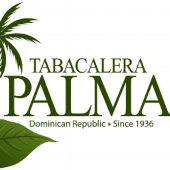
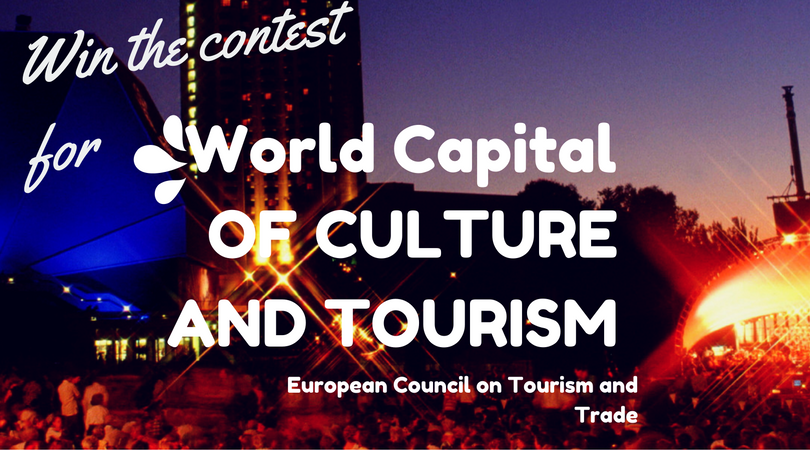
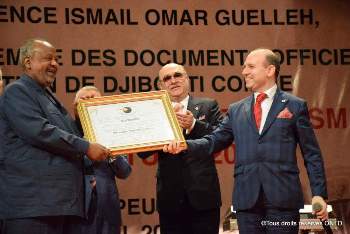
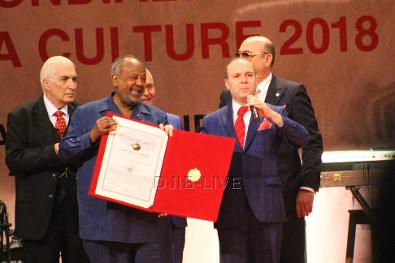


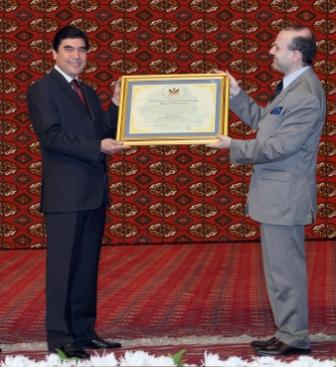
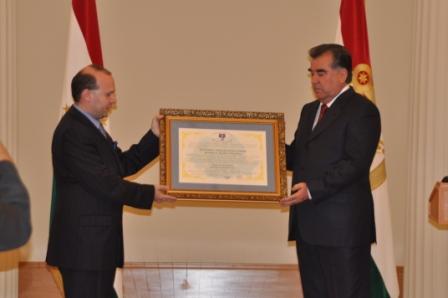
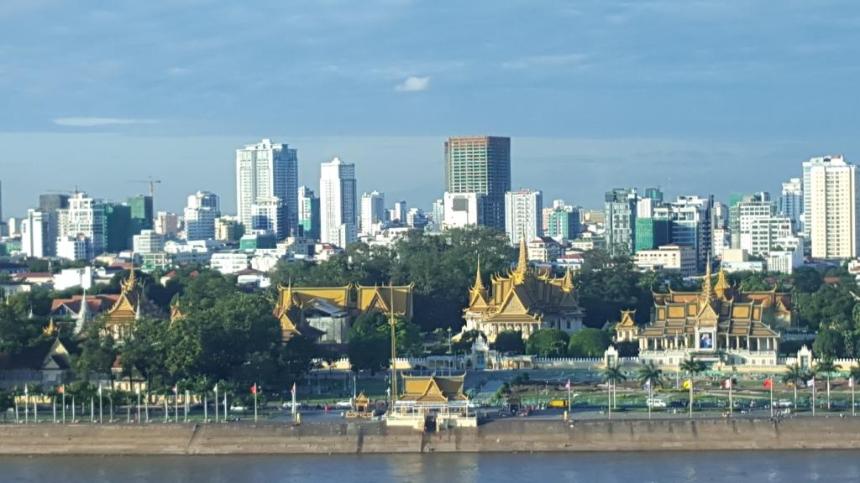
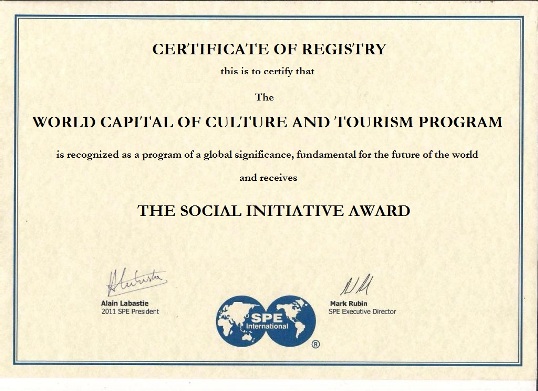

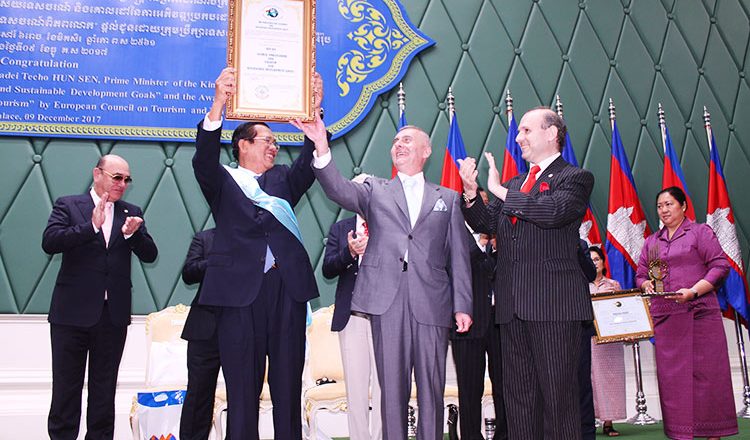
.jpg?timestamp=1525176158922)
